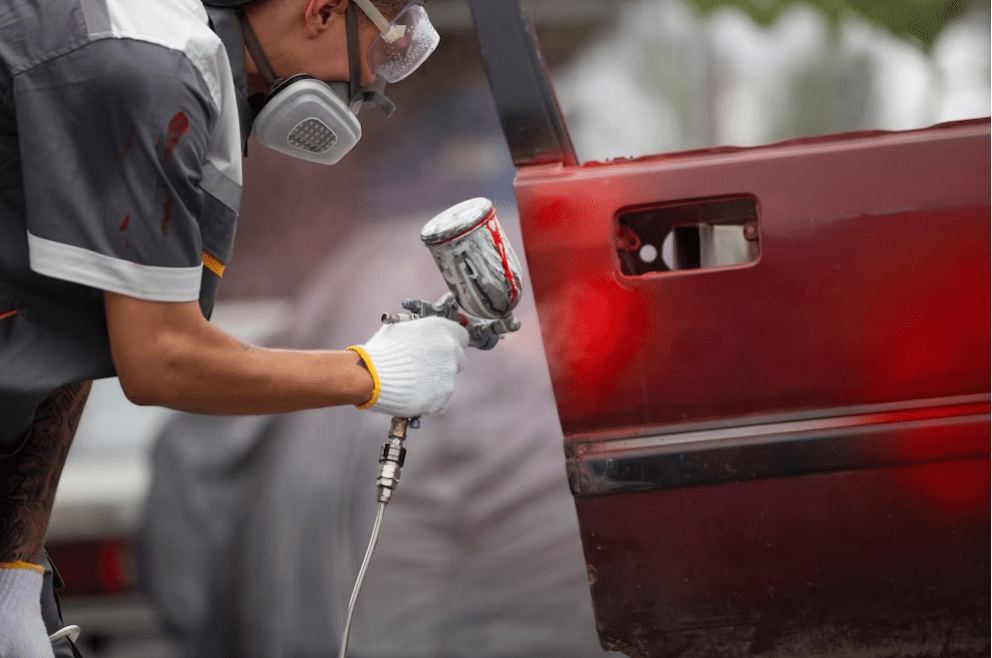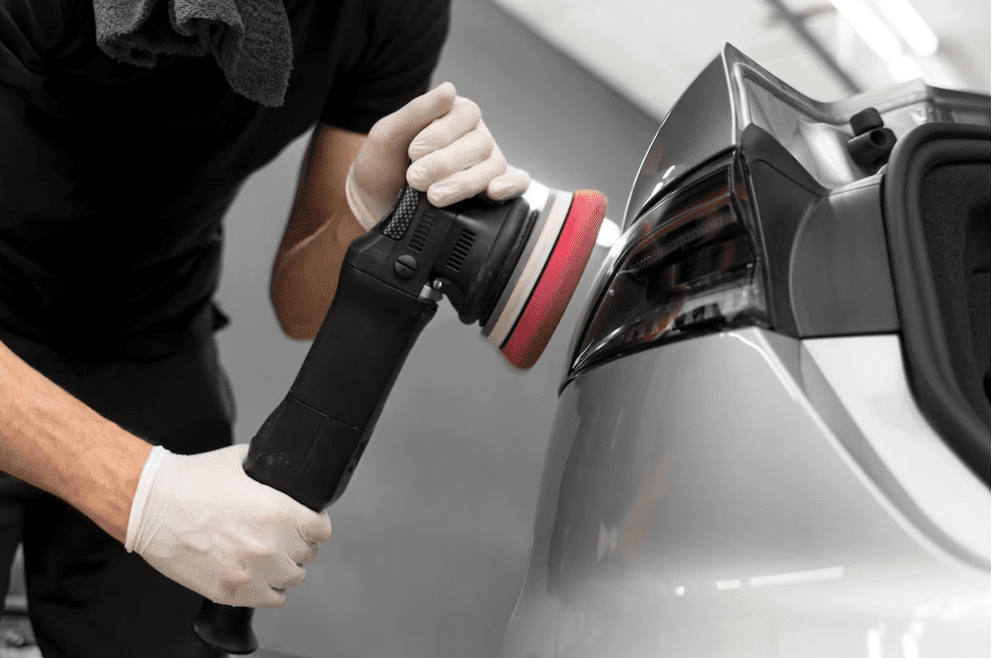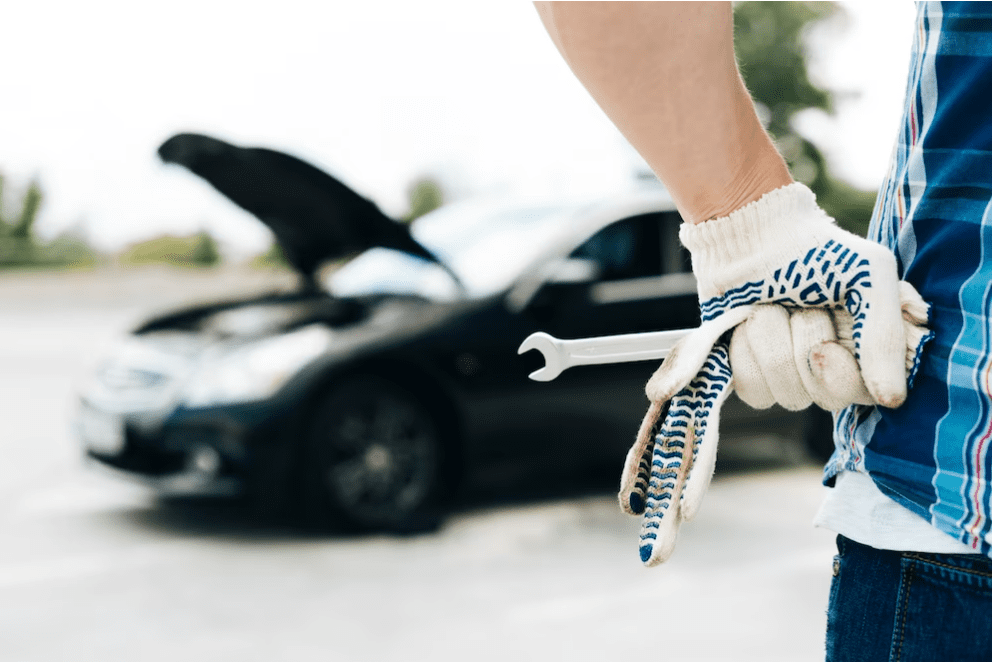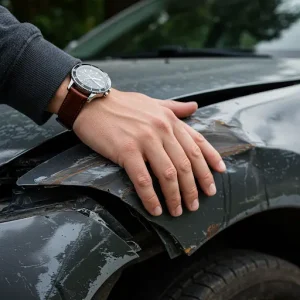Chrome bumper repairs have been a staple in the automotive industry for many years, providing both aesthetic appeal and functional protection. However, over time, these bumpers can sustain damage such as dings, scratches, or corrosion, requiring professional repair services. In this article, we will delve into the science behind chrome bumper repairs, exploring the materials and techniques used to restore their original appearance and durability.
Chrome Bumper Repairs: An Overview
Chrome bumper repair Houston is a popular feature in the automotive industry, known for their sleek appearance and durability. However, over time, these bumpers can sustain damage due to accidents, scratches, or corrosion. In such cases, chrome bumper repairs become necessary to restore the bumper’s aesthetics and functionality.

Electroplating and Hexavalent Chromium
Electroplating is a commonly used technique in chrome bumper repairs. It involves the deposition of a thin layer of chromium onto the surface of the bumper using an electrochemical process. This layer of chromium provides the characteristic shiny and reflective appearance of chrome bumpers, as well as enhances their corrosion resistance.
However, it is important to note that traditional electroplating processes utilize hexavalent chromium, also known as chromium-6. Hexavalent chromium is a compound that has raised environmental and health concerns due to its toxic nature. Prolonged exposure to hexavalent chromium can lead to respiratory issues, skin irritation, and even an increased risk of certain cancers.
Chromium and its Automotive Applications
Chromium is a versatile metal that offers unique properties ideal for automotive applications. It provides excellent corrosion resistance, durability, and a high-polish finish. Hexavalent chromium, a form of chromium used in the electroplating process, is crucial for achieving the desired aesthetics and performance of chrome bumpers. However, it is important to note that hexavalent chromium is a toxic substance, raising environmental concerns during the manufacturing and repair processes.
Bumper Cover and Substrate Materials
In modern automotive manufacturing, bumper covers are typically made of plastic. The plastic parts serve as the substrate for the chrome plating process, ensuring adhesion and durability. Different materials, such as composite alloys, can also be used as substrates to enhance strength and durability.

The Plating Process: An In-depth Look
The plating process for chrome bumpers involves several steps. First, the bumper is cleaned thoroughly to remove any dirt, grease, or surface defects. Then, it is placed in a bath containing a sulfuric acid solution, which further cleans and etches the surface, promoting adhesion. Next, the bumper is rinsed and activated with an anode to initiate the electroplating process. Finally, the bumper is immersed in a chromium bath, where the chromium ions are deposited onto its surface, forming the chrome layer.
Environmental Concerns and Alternatives
While chrome bumper repair Houston offers exceptional durability and aesthetics, concerns about the environmental impact of hexavalent chromium have led to the exploration of alternative materials and processes. Research institutes and automotive manufacturers are actively seeking lower-cost, environmentally friendly methods to achieve corrosion resistance and high-quality chrome-like finishes.
Chrome Bumper Repairs: Techniques and Considerations
To repair chrome bumper repair Houston effectively, it is essential to consider the specific manufacturing processes, material properties, and mechanical behavior involved. Techniques such as polishing, welding, and using specialized chrome repair kits are commonly employed to address surface defects, scratches, or minor damages. For more significant repairs, it may be necessary to replace or replate the damaged section of the bumper.

Bumper Cover and Plastic Parts
In some cases, chrome bumper repair Houston may have a bumper cover made of plastic or composite materials. These materials require specialized repair techniques. Plastic bumper repair in Houston, and other regions, involves the use of innovative methods and materials to restore the bumper’s appearance and strength. Repair technicians employ techniques such as heat and pressure molding, welding, and the application of specialized adhesives to ensure a seamless repair.
Automotive Applications
The science and engineering behind chrome bumper repairs extend beyond the realm of aesthetics. The repaired bumper must also meet specific mechanical performance requirements. Bumpers are designed to absorb impact and protect the vehicle’s occupants in the event of a collision. Therefore, the repaired bumper needs to exhibit strength, durability, and corrosion resistance. By employing advanced materials and techniques, repair shops can ensure that the repaired bumper meets or exceeds the original specifications set by the manufacturer.
The Future of Chrome Bumper Repairs
As technology continues to advance, the automotive industry is exploring new methods and materials to improve the repairability of chrome bumpers. Developments in additive manufacturing, composite materials, and surface coatings offer potential applications in the field of bumper repairs. By focusing on strength, durability, and environmental sustainability, the industry aims to provide cost-effective and efficient solutions for restoring chrome bumpers.
Conclusion
Chrome bumper repairs require a deep understanding of the materials, techniques, and environmental concerns associated with this process. The use of electroplating and hexavalent chromium has traditionally been the go-to method, but the industry is transitioning towards more environmentally friendly alternatives. Plastic bumper repairs in Houston, TX, and other locations also offer unique challenges and require specialized techniques. By combining the principles of science, engineering, and innovative repair practices, technicians can restore chrome bumpers to their original strength and durability, ensuring both safety and aesthetic appeal for vehicle owners.





